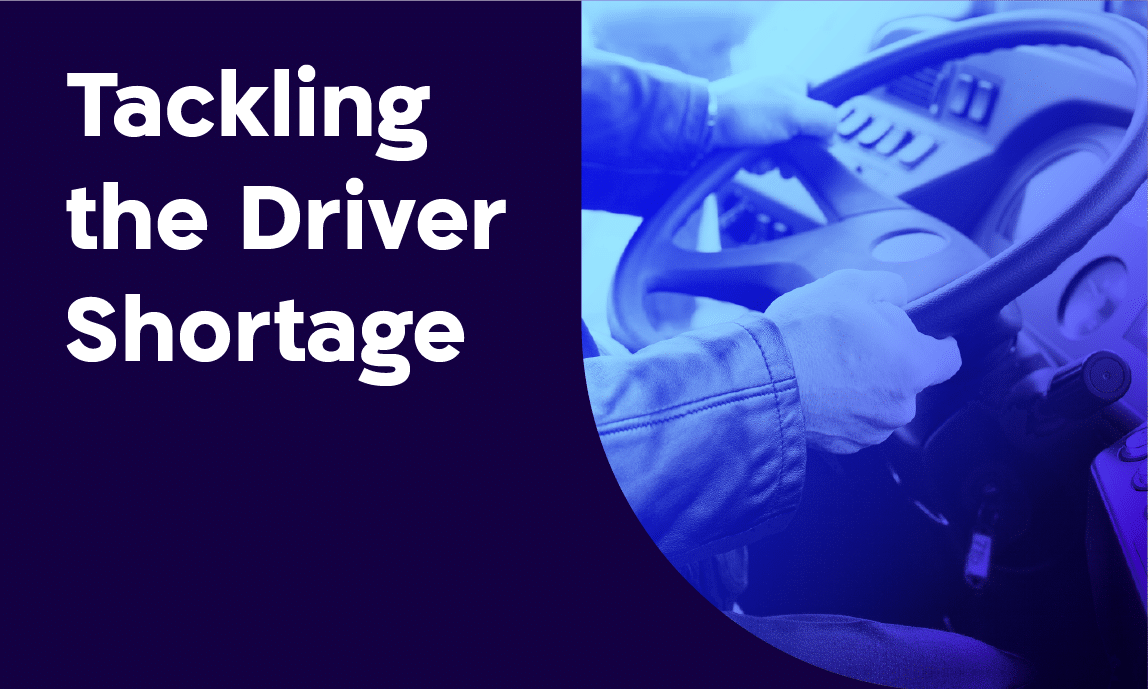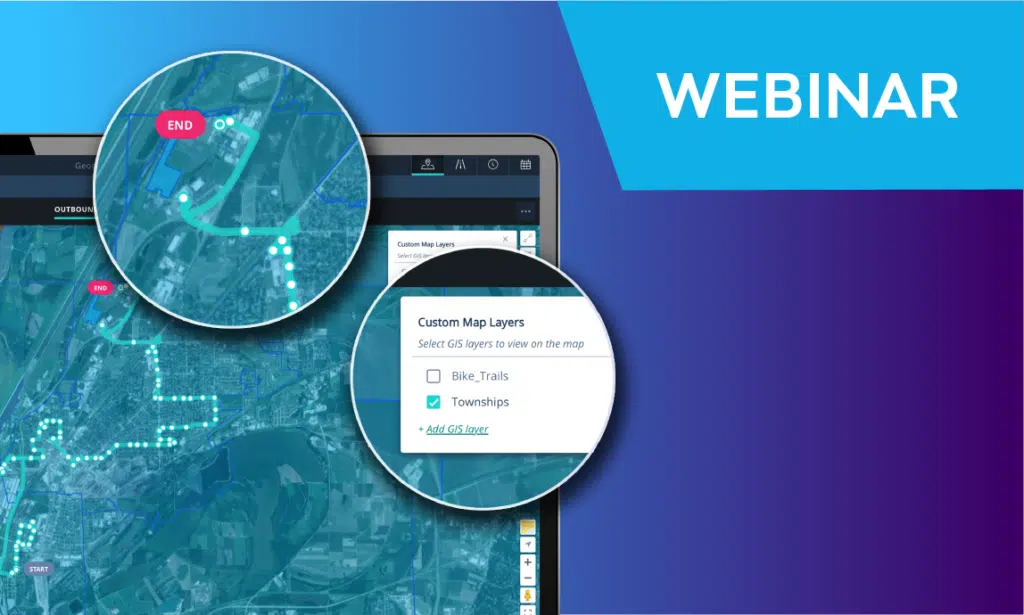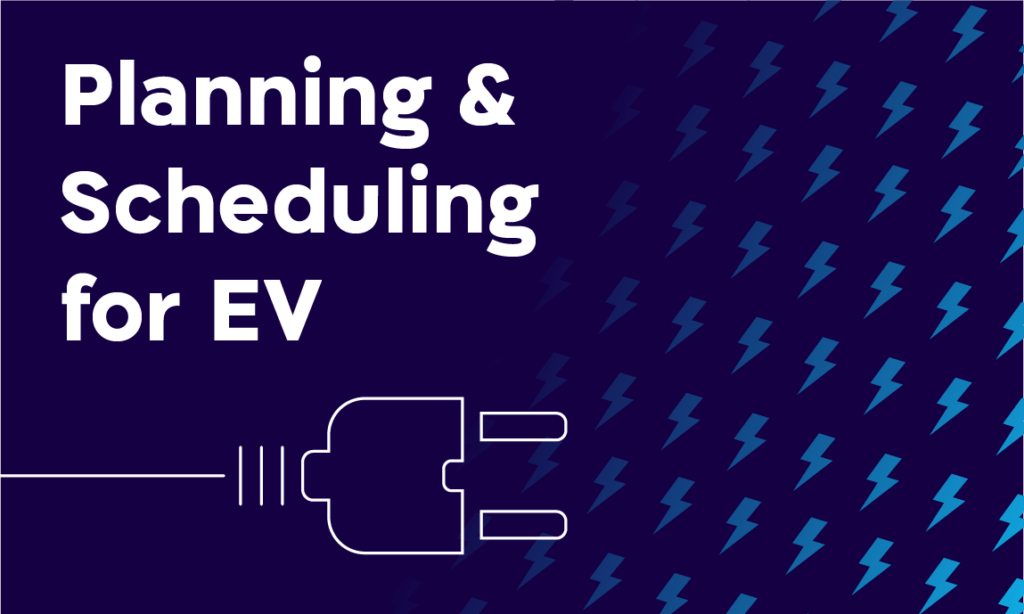Historically, public transit agencies and operators have been using on-premises software to manage their operations (planning and scheduling). This sector is undergoing a digital transformation, and new cloud-native, Software-as-a-Service offerings are being made available. How can one evaluate which one of the two would be more beneficial for the organization? Additionally, since SaaS and on-premises solutions are priced differently, how can we account for the differences?
Here’s a comparison of various factors in the two models and how they relate to the total cost of ownership (TCO):
| Factors | Deployment model |
|
|---|---|---|
| SaaS | On-Premises |
|
| Implementation | Weeks Typically a couple of weeks as the platform, users and many other factors are set up and provisioned by the vendor. |
Months Months to over a year, requires IT staff and hardware to set up, resulting in longer implementation times. |
| Maintenance & support |
Handled by the vendor Minimal/zero requirements for IT application involvement to maintain the system. SaaS vendor takes care of hardware, disaster recovery and more. Typically, the SaaS vendor provides a dedicated account manager/solutions engineer that can be reached at any time for any question/problem. |
Handled by the client The client is responsible for application maintenance, hardware provisioning, scaling, disaster recovery etc. This requires dedicated IT resources on the client’s side. Inability to access the software remotely may affect the ability of the vendor to support the deployment. |
| Upgrades | Weekly – seamless, owned by the vendor Bug fixes, product customizations, new capabilities and other upgrades are added seamlessly on a weekly basis. When these become available they are added to the system, with no related upgrade cycle and no additional payment. The vendor’s IT resources deploy these upgrades in all sites and for all users. This also means that upgrades reach the client faster (since they are not deployed as part of a new release). |
Yearly – upgrades demand extensive client resources Upgrades happen once every year or two and IT resources are required for any version upgrade. These official releases encompass many changes in UI and functionality at once, they may take months to implement, require re-installation of the software or reconfiguration and typically require additional payments. |
| Data integrity (backups & restores) |
Handled by the vendor Backups are performed on a daily basis. The vendor also handles data corruption, disaster recovery and any other issues compromising the integrity of the data. |
Handled by the client Keeping the integrity of the data on-site is the responsibility of the client’s in-house IT team. On top of these resource requirements, it is harder to protect the data and easier for external parties to access it when stored on computers on-site. |
| Fees | Predictable monthly fees Ongoing predictable monthly fees that incorporate the ongoing dedicated resources for maintenance, support, upgrades etc. |
Large lump sum with additional fees for upgrades & support Large initial set-up cost and sporadic additional costs for upgrades, new modules etc. These upgrades also involve additional personnel costs (both vendor and client) for the setup, implementation, and testing. |
| Scale | Automatic scaling Fairly easy to scale since resources are allocated on demand, on the cloud, and support is always available |
Limited scaling – owned by the client Limited scaling within the current version deployed and the current hardware configuration. |
| Security | State of the art security, compliance and privacy provided by the vendor All security is handled by the vendor a tech company whose core business is cloud software and its security. Systems are very secure with user permissions, server security etc. |
Handled by the client Security is handled by the client, usually an agency or operator, that doesn’t have that expertise in-house. |
| Attracting new employees |
A better interface is more appealing Cloud-based SaaS solutions with a modern interface is what can help you attract new talent. Training and onboarding will be quicker too. |
Legacy systems = no appeal Legacy systems and UI will not appeal to new hires who are tech savvy and expect a consumer-like interface |
Conclusion
When comparing SaaS and on-premises systems many factors should be taken into consideration and the decision which one offers the best fit for your organization depends heavily on the organization you belong to. As the world slowly shifts away from on-premises, SaaS and cloud-native systems with their agility, flexibility and low demand for in-house tech support become a thing of the present and more importantly the infrastructure of the future.



